
Jean-Paul Riopelle, was a Canadian painter and sculptor from Quebec. He had one of the longest and most important international careers of the sixteen signatories of the Refus Global, the 1948 manifesto that announced the Quebecois artistic community's refusal of clericalism and provincialism. He is best known for his abstract painting style, in particular his "mosaic" works of the 1950s when he famously abandoned the paintbrush, using only a palette knife to apply paint to canvas, giving his works a distinctive sculptural quality. He became the first Canadian painter since James Wilson Morrice to attain widespread international recognition and high praise, both during his career and after his death. He was a leading artist of French Lyrical Abstraction.

20th-century French art developed out of the Impressionism and Post-Impressionism that dominated French art at the end of the 19th century. The first half of the 20th century in France saw the even more revolutionary experiments of Cubism, Dada and Surrealism, artistic movements that would have a major impact on western, and eventually world, art. After World War II, while French artists explored such tendencies as Tachism, Fluxus and New realism, France's preeminence in the visual arts progressively became eclipsed by developments elsewhere.

Jean-Philippe Charbonnier was a French photographer whose works typify the humanist impulse in that medium in his homeland of the period after World War II.

Fabrice Hybert, also known by the pseudonym Fabrice Hyber, is a French plastic artist born on 12 July 1961 in Luçon (Vendée). At 56, he was elected to the Academy of Fine Arts on April 25, 2018.

Guillaume Bijl is a Belgian conceptual and an installation artist. He lives and works in Antwerp.
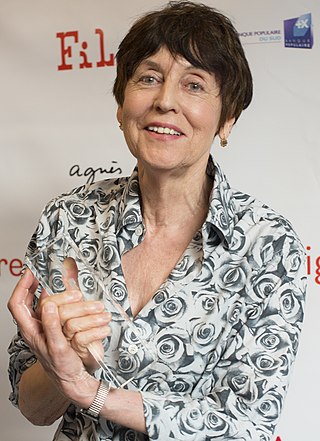
Annette Messager is a French visual artist. She is known for championing the techniques and materials of outsider art. In 2005, she won the Golden Lion Award at the Venice Biennale for her artwork at the French Pavilion. In 2016, she won the prestigious Praemium Imperiale International Arts Award. She lives and works in Malakoff, France.

Jean Rustin was a French painter and prominent figurative artist.
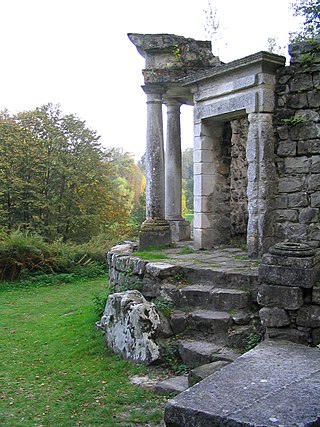
The Parc Jean-Jacques-Rousseau is a French landscape garden at Ermenonville, in the Département of Oise. It is named for the philosopher Jean-Jacques Rousseau, who stayed there the last six weeks of his life. He died there in 1778 and was buried in an island in the park. The western part, called "le Désert" is managed by the Institut de France, and the northern part by a hotel/restaurant at the Château d'Ermenonville. The other parts are not open to the public, for various reasons.
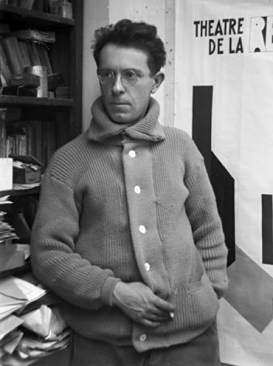
Joseph Csaky was a Hungarian avant-garde artist, sculptor, and graphic artist, best known for his early participation in the Cubist movement as a sculptor. Csaky was one of the first sculptors in Paris to apply the principles of pictorial Cubism to his art. A pioneer of modern sculpture, Csaky is among the most important sculptors of the early 20th century. He was an active member of the Section d'Or group between 1911 and 1914, and closely associated with Crystal Cubism, Purism, De Stijl, Abstract art, and Art Deco throughout the 1920s and 1930s.

Jean Messagier was a French painter, sculptor, printmaker and poet. Jean Messagier had his first solo exhibition in Paris at Galerie Arc-en-Ciel in 1947. From 1945 to 1949 the artist worked under the influence of Pablo Picasso, André Masson, Paul Klee and François Desnoyer, his professor at École nationale supérieure des arts décoratifs in Paris. Messagier again was revealed to the public at an exhibition organized by Charles Estienne at the Galerie de Babylone in 1952, entitled "La Nouvelle École de Paris". The following year, Messagier deliberately broke away from his expressionistic form of Post-Cubism; his inspirations now focused on Jean Fautrier and Pierre Tal-Coat to develop a personal vision in which he renders "light...approached abstractly." Jean Messagier is often associated with Lyrical abstraction, Tachisme, Nuagisme, Art informel and paysagisme abstrait, though the artist himself had never accepted any labels, and had always refused the distinction between abstraction and figuration. From 1962 until the year of his death Jean Messagier exhibited in France and abroad, taking part in some major international events as a representative of new trends in French painting.

The Société Normande de Peinture Moderne, also known as Société de Peinture Moderne, or alternatively, Normand Society of Modern Painting, was a collective of eminent painters, sculptors, poets, musicians and critics associated with Post-Impressionism, Fauvism, Cubism and Orphism. The Société Normande de la Peinture Moderne was a diverse collection of avant-garde artists; in part a subgrouping of the Cubist movement, evolving alongside the so-called Salon Cubist group, first independently then in tandem with the core group of Cubists that emerged at the Salon d'Automne and Salon des Indépendants between 1909 and 1911. Historically, the two groups merged in 1912, at the Section d'Or exhibition, but documents from the period prior to 1912 indicate the merging occurred earlier and in a more convoluted manner.
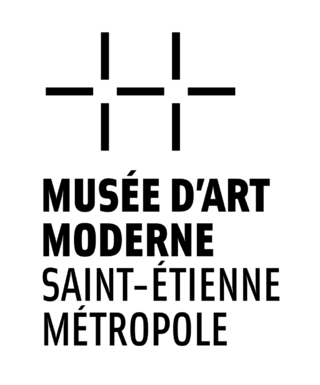
The Musée d'art moderne et contemporain, or MAMC, is an art museum in Saint-Étienne, Auvergne-Rhône-Alpes, France. It was inaugurated as a separate museum in 1987. It has one of the largest collections of its type in France.

Meir Eshel, known professionally as Absalon, was an Israeli-French artist and sculptor.
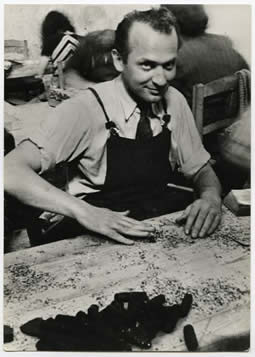
Jacques Hérold was a prominent surrealist painter born in Piatra Neamț, Romania.
François Tuefferd was a French photographer, active from the 1930s to the 1950s. He also ran a darkroom and gallery in Paris, Le Chasseur d'Images, where he printed and exhibited the works of his contemporaries. His best-known imagery features the French circus.
Jean-Luc Moulène is a French contemporary artist based in Paris, France. Spanning a wide variety of media, such as photography, drawings, and sculptures, Moulène's practice examines the relationship between systems and orders. Moulène has stated that he subscribes to the notion of a 'disjunction,' whereby he follows a principle of discrepancies as a way to "find new dialectical knowledge." His interests include the "symbolic position of the author" and authorship; processes of production, repetition, and accumulation; labor and social space; and the intersection of advanced technology and contemporary material culture, among others. Moulène identifies himself as a "technicien libertaire", who transforms "the process of perception as an aesthetic end in itself to one that incorporates everyday life" in his work.

Gaston Suisse, was a French artist designer, painter, lacquerer, decorator. Gaston Suisse, "is a major artist of Art Deco".

Jean Degottex was a French abstract painter, known in particular for his initial proximity to the lyrical abstraction movement of the 1950s and 1960s. He is considered an important artist of the abstraction movement in the second half of the twentieth century and a significant inspiration for contemporary art. Degottex was particularly inspired by East Asian calligraphy and Zen Philosophy to achieve the erasure of the creative subject.
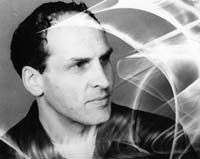
Étienne Bertrand Weill (1919-2001) was a French photographer. His primary works were abstract Metaforms.

Jean Le Gac is a French conceptual artist, painter, pastelist, photographer using mixed media, frequently video or photography and text to document his investigations and sketched scenes. His poetic photographic interventions in which he is most often the main subject are accompanied either by typed text describing the underlying story in the artwork or handwritten notes in the art piece itself. Member of the Narrative art movement since the seventies, Le Gac ofttimes tells a story about an imaginary character that viewers can easily identify with the artist himself. He calls it a “metaphor for painting." Le Gac also uses the artist's book as a central part of his art practice. Le Gac is a Professor and lecturer at Institut des hautes études en arts plastiques.



















